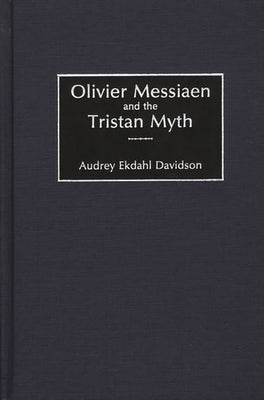Before you leave...
Take 20% off your first order
20% off
Enter the code below at checkout to get 20% off your first order
Discover summer reading lists for all ages & interests!
Find Your Next Read

Following the second World War, Olivier Messiaen, previously known primarily for his religious music, composed three works inspired by the medieval love story of Tristan and Iseult: Harawi, Turangal Dla-symphonie, and Cinq rechants. Though the song cycle, symphony, and choral work each consider their source story in a different way, the three compositions are tied closely together by theme and musical technique. This new study is the only full-length consideration of this most significant work, applying literary techniques of stylistic analysis and source study as well as musical analysis of Messiaen's aesthetics and form.
As Audrey Ekdahl Davidson shows, Messiaen's work was informed by more than just the mythic tale at its center. The twelve songs in Harawi are indebted to Peruvian melodies, and rhythmically they reveal the influence of the Hindu musical theory that the composer encountered at the Paris Conservatory. Turangal Dla-symphonie continues and expands the use of these complex rhythmic structures to create a form that expresses elements of the Tristan story as filtered through Wagner's famous operatic depiction. And in Cinq rechants, Messiaen produced a set of choral pieces that use surrealistic texts joined to music that is related structurally to the rechants of the sixteenth-century composer Claude le Jeune. Davidson's examination of these works reveals both their interrelatedness and their many layers of musical and textual meaning.Thanks for subscribing!
This email has been registered!
Take 20% off your first order
Enter the code below at checkout to get 20% off your first order